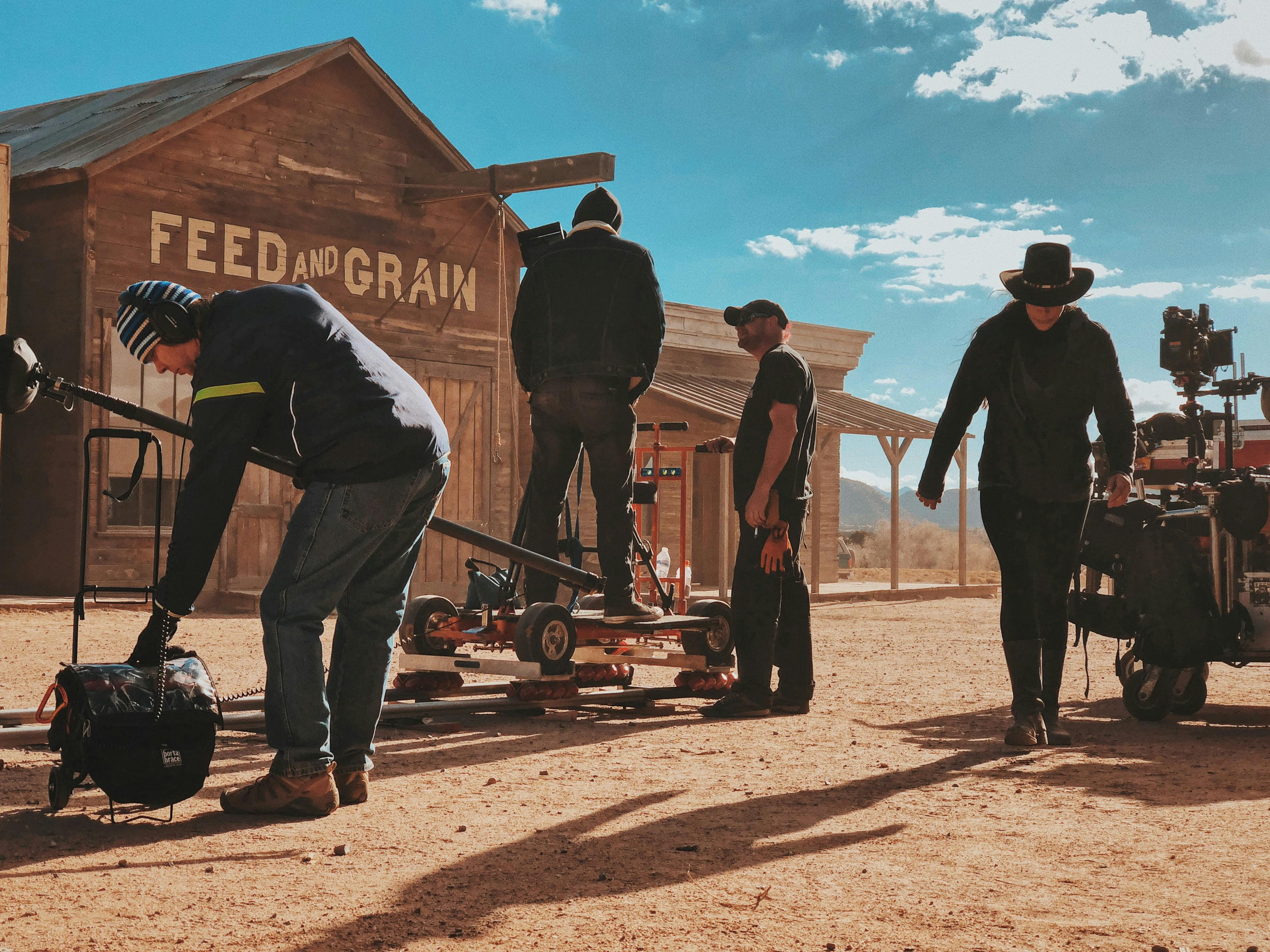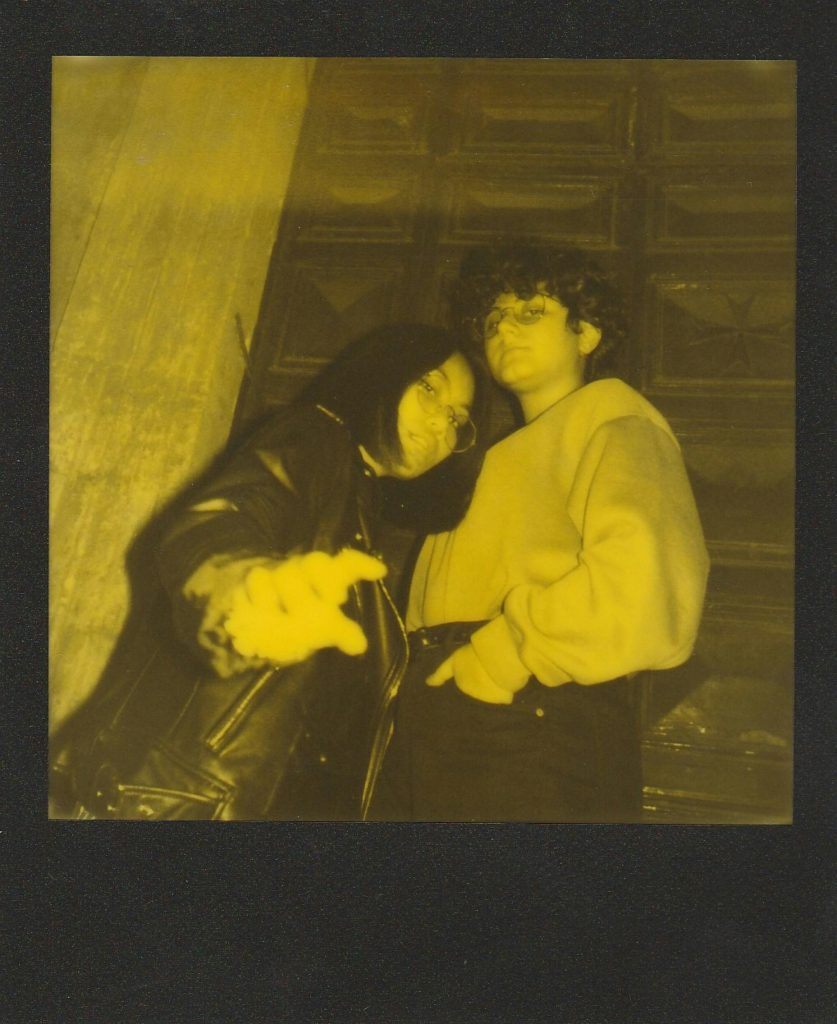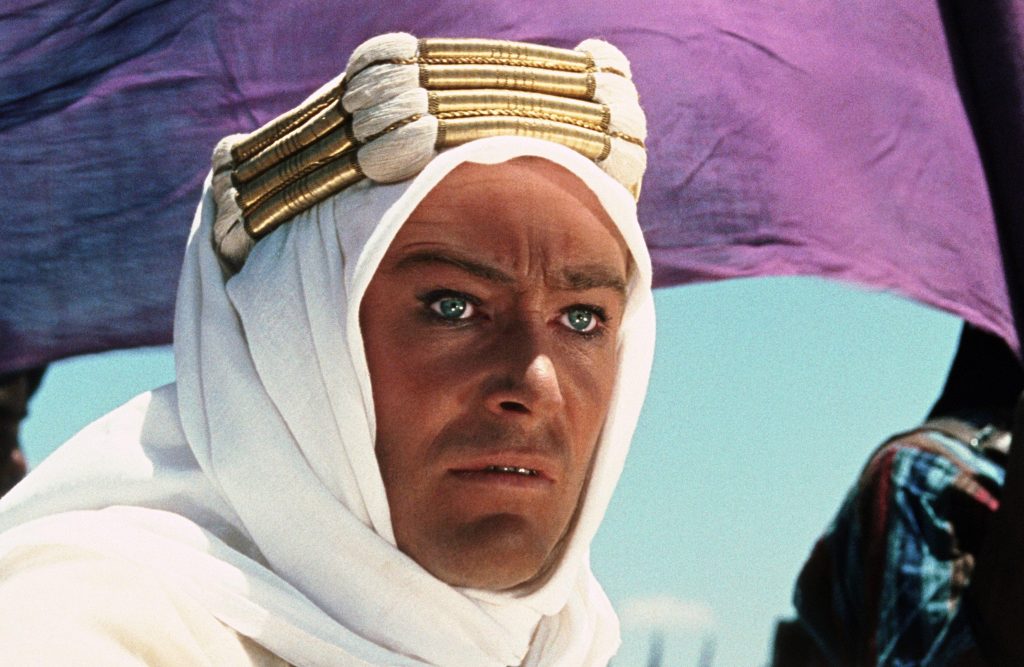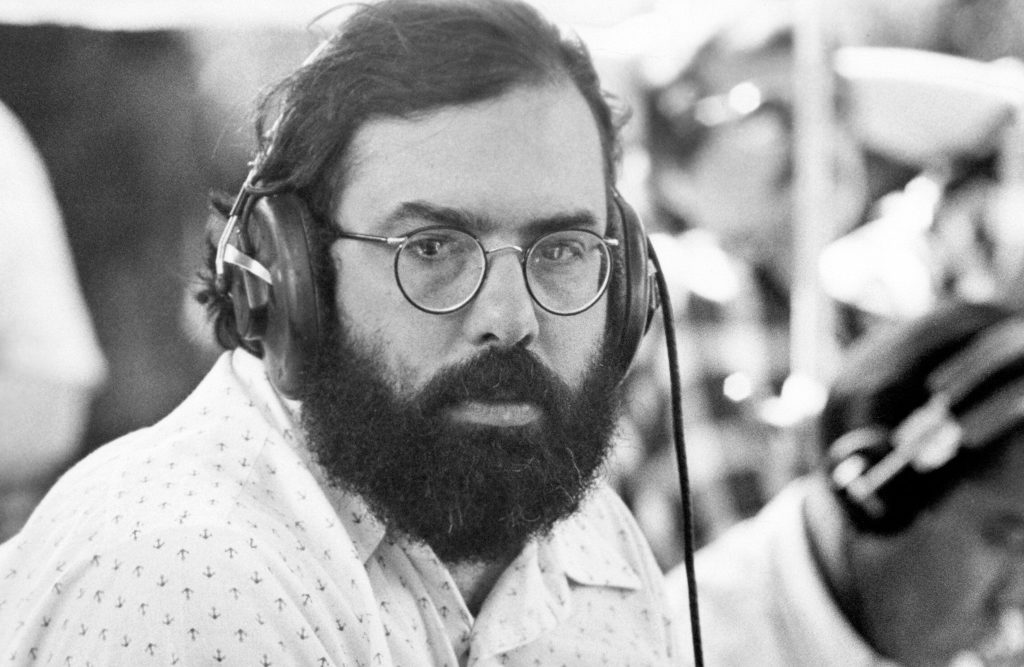In the flickering shadows of the early 20th century, where celluloid dreams danced silently across silver screens, a world of storytelling was born that transcended the spoken word. While the silent film era is often celebrated for its towering icons like Charlie Chaplin and Buster Keaton, it also harbors a treasure trove of lesser-known masterpieces waiting to be rediscovered. These hidden gems, with their innovative narratives and pioneering techniques, offer a glimpse into the creative fervor of a bygone era. As we delve into this forgotten cinematic landscape, we invite you to journey beyond the familiar faces and titles, to unearth the extraordinary artistry that continues to inspire and captivate the imagination of film enthusiasts today.
Unearthing Cinematic Treasures from the Silent Screen
The silent film era, often overshadowed by the advent of sound, is a treasure trove of innovative storytelling and visual artistry. These films, devoid of spoken dialogue, relied heavily on expressive performances, groundbreaking cinematography, and inventive use of music to convey emotion and narrative. For those willing to explore beyond the well-trodden paths of Chaplin and Keaton, there are countless hidden gems waiting to be rediscovered.
- “The Wind” (1928): A haunting exploration of isolation and madness set against the desolate backdrop of the American West. Lillian Gish delivers a masterful performance that transcends the silent medium.
- “The Passion of Joan of Arc” (1928): Renowned for its stunning close-ups and emotional intensity, this film remains a profound study of faith and martyrdom, with Maria Falconetti’s portrayal of Joan hailed as one of the greatest performances in cinema history.
- “A Page of Madness” (1926): This Japanese silent film offers a surreal journey into the mind of a man working in a mental asylum, blending avant-garde techniques with a deeply moving narrative.
These films, along with many others from the silent era, invite viewers to appreciate the artistry and craftsmanship that laid the foundation for modern cinema. By delving into these lesser-known works, we can uncover the rich tapestry of stories and emotions that continue to resonate today.
Forgotten Faces and Stellar Performances of Yesteryears
In the shadowy, flickering frames of the silent film era, a treasure trove of remarkable performances and captivating personas await rediscovery. These unsung talents, who once commanded the silver screen, have been largely eclipsed by time yet remain potent reminders of cinema’s rich, expressive history. Among these forgotten luminaries is Louise Brooks, whose magnetic presence and modern sensibility in films like “Pandora’s Box” brought a nuanced depth to the art form. Then there’s Sessue Hayakawa, a trailblazer who defied racial stereotypes with his compelling performances, particularly in “The Cheat,” showcasing an intensity that resonated with audiences worldwide.
Consider exploring the cinematic artistry of:
– Buster Keaton: Renowned for his stoic expression and masterful physical comedy, his films like “The General” are timeless testaments to his genius.
– Lillian Gish: Often hailed as the first lady of American cinema, her ethereal grace in films such as “The Wind” continues to inspire awe.
– Lon Chaney: Known as “The Man of a Thousand Faces,” his transformative roles in “The Phantom of the Opera” and “The Hunchback of Notre Dame” showcase unparalleled versatility.
These hidden gems of the silent film era are more than mere relics; they are living canvases of emotion and innovation, waiting to be appreciated by new generations. Their stories and performances not only shaped the landscape of early cinema but also laid the foundation for the dynamic evolution of film as an art form. Embracing these forgotten faces and their stellar performances can provide profound insights into the silent era’s unique narrative power.

Artistry in Silence: Visual Masterpieces Awaiting Rediscovery
The silent film era, often overshadowed by the advent of “talkies,” holds a treasure trove of visual artistry that remains largely unexplored. These films, with their pioneering techniques and storytelling prowess, offer a unique glimpse into the birth of cinematic expression. Hidden within dusty archives and forgotten reels are works of art that transcend time, waiting patiently for their renaissance. These visual masterpieces are not just films but a testament to the creativity and innovation of early filmmakers.
- “The Passion of Joan of Arc” (1928): Renowned for its stunning close-ups and emotional intensity, this film is a profound exploration of faith and martyrdom.
- “Sunrise: A Song of Two Humans” (1927): A pioneering work in cinematography, this film’s visual storytelling and innovative camera movements continue to inspire filmmakers today.
- “Metropolis” (1927): A visionary sci-fi epic that remains a cornerstone of the genre, its groundbreaking special effects and production design are a feast for the eyes.
- “The Cabinet of Dr. Caligari” (1920): With its expressionist set designs and haunting narrative, this film is a masterclass in atmosphere and mood.
These silent gems are more than mere entertainment; they are windows into a world where the visual was paramount, and storytelling was an art form in its purest sense. Rediscovering these films offers not only a cultural journey but also an appreciation for the roots of modern cinema.

Timeless Narratives: Storytelling Gems from the Silent Era
In the shadowy realms of early cinema, the silent era offers a treasure trove of visual storytelling that often goes unnoticed. With the absence of dialogue, filmmakers of the time relied on expressive performances, innovative camera techniques, and emotive musical scores to convey profound narratives. Here are a few hidden gems from this captivating period that are truly worth a revisit:
- “The Wind” (1928): A haunting tale set against the backdrop of the relentless Texas plains, this film explores themes of isolation and madness. Lillian Gish delivers a powerful performance, capturing the psychological torment of a woman battling both natural and internal forces.
- “Sunrise: A Song of Two Humans” (1927): Directed by F.W. Murnau, this film is a poetic exploration of love and redemption. Its groundbreaking use of tracking shots and double exposure effects creates a dreamlike quality that enhances its emotional depth.
- “The Passion of Joan of Arc” (1928): Renowned for its stark close-ups and intense emotional resonance, this film by Carl Theodor Dreyer is a masterclass in minimalist storytelling. Renée Jeanne Falconetti’s portrayal of Joan is widely regarded as one of the greatest performances in cinema history.
These films not only showcase the artistic ingenuity of early filmmakers but also offer timeless narratives that continue to resonate with audiences today. Rediscovering these silent gems invites us to appreciate the roots of cinematic storytelling and the powerful emotions conveyed without a single spoken word.









